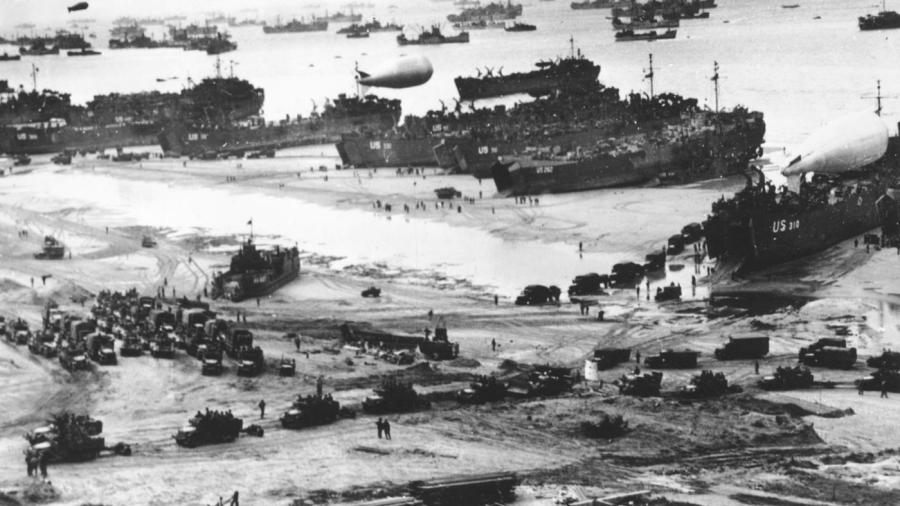What Were the Causes of D-Day?

The June 6, 1944 landing operations in Normandy, codenamed “Operation Neptune” and known as “D-Day,” were undertaken by the Western Allies in an effort to liberate mainland Europe from Nazi occupation during World War II. The Normandy landings were the largest seaborne invasion in history at the time.
The Normandy landings commenced the invasion of German-occupied western Europe, led to the restoration of the French Republic and contributed to the Allied victory in the war. Planning for the operation began in 1943. In the months leading up to the invasion, the Allies orchestrated an elaborate military deception, codenamed “Operation Bodyguard,” to mislead the Germans as to the date and the location of the main Allied landings. Adolf Hitler, the leader of Nazi Germany, placed German Field Marshal Erwin Rommel in command of the German forces and of developing fortifications along the Atlantic Wall in anticipation of an Allied invasion.
The Normandy landings were originally set for June 5, 1944. However, bad weather and heavy seas caused General Dwight D. Eisenhower to delay until June 6. In the military, D-Day is the day on which a combat attack or operation is to be initiated. Several other invasions and operations had a designated D-Day, both before and after the landing operations in Normandy.





